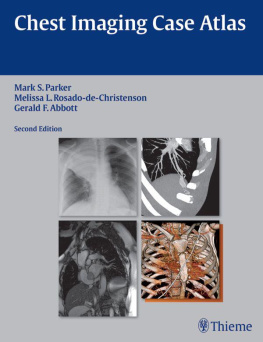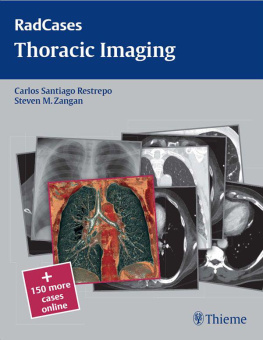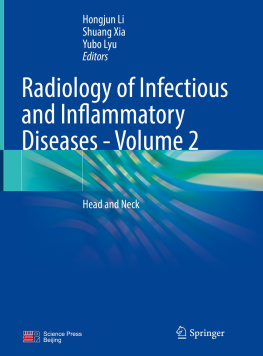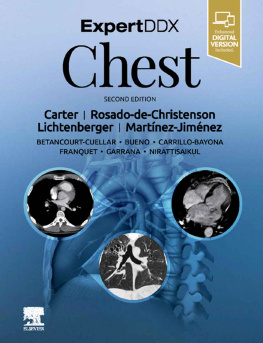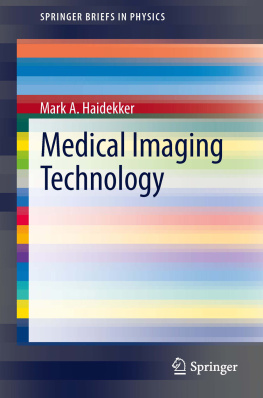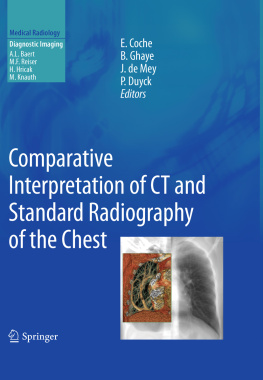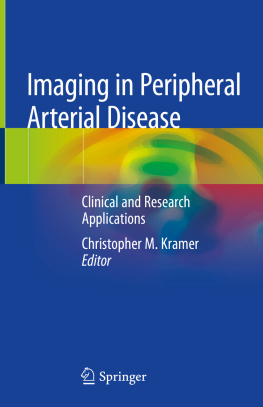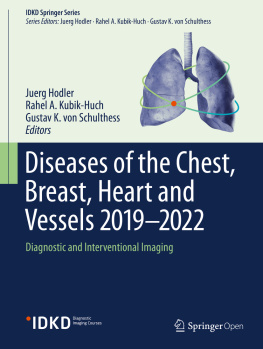Yashvi Chandola - Deep Learning for Chest Radiographs: Computer-Aided Classification (Primers in Biomedical Imaging Devices and Systems)
Here you can read online Yashvi Chandola - Deep Learning for Chest Radiographs: Computer-Aided Classification (Primers in Biomedical Imaging Devices and Systems) full text of the book (entire story) in english for free. Download pdf and epub, get meaning, cover and reviews about this ebook. year: 2021, publisher: Academic Press, genre: Romance novel. Description of the work, (preface) as well as reviews are available. Best literature library LitArk.com created for fans of good reading and offers a wide selection of genres:
Romance novel
Science fiction
Adventure
Detective
Science
History
Home and family
Prose
Art
Politics
Computer
Non-fiction
Religion
Business
Children
Humor
Choose a favorite category and find really read worthwhile books. Enjoy immersion in the world of imagination, feel the emotions of the characters or learn something new for yourself, make an fascinating discovery.

- Book:Deep Learning for Chest Radiographs: Computer-Aided Classification (Primers in Biomedical Imaging Devices and Systems)
- Author:
- Publisher:Academic Press
- Genre:
- Year:2021
- Rating:5 / 5
- Favourites:Add to favourites
- Your mark:
Deep Learning for Chest Radiographs: Computer-Aided Classification (Primers in Biomedical Imaging Devices and Systems): summary, description and annotation
We offer to read an annotation, description, summary or preface (depends on what the author of the book "Deep Learning for Chest Radiographs: Computer-Aided Classification (Primers in Biomedical Imaging Devices and Systems)" wrote himself). If you haven't found the necessary information about the book — write in the comments, we will try to find it.
Deep Learning for Chest Radiographs enumerates different strategies implemented by the authors for designing an efficient convolution neural network-based computer-aided classification (CAC) system for binary classification of chest radiographs into Normal and Pneumonia. Pneumonia is an infectious disease mostly caused by a bacteria or a virus. The prime targets of this infectious disease are children below the age of 5 and adults above the age of 65, mostly due to their poor immunity and lower rates of recovery. Globally, pneumonia has prevalent footprints and kills more children as compared to any other immunity-based disease, causing up to 15% of child deaths per year, especially in developing countries. Out of all the available imaging modalities, such as computed tomography, radiography or X-ray, magnetic resonance imaging, ultrasound, and so on, chest radiographs are most widely used for differential diagnosis between Normal and Pneumonia. In the CAC system designs implemented in this book, a total of 200 chest radiograph images consisting of 100 Normal images and 100 Pneumonia images have been used. These chest radiographs are augmented using geometric transformations, such as rotation, translation, and flipping, to increase the size of the dataset for efficient training of the Convolutional Neural Networks (CNNs). A total of 12 experiments were conducted for the binary classification of chest radiographs into Normal and Pneumonia. It also includes in-depth implementation strategies of exhaustive experimentation carried out using transfer learning-based approaches with decision fusion, deep feature extraction, feature selection, feature dimensionality reduction, and machine learning-based classifiers for implementation of end-to-end CNN-based CAC system designs, lightweight CNN-based CAC system designs, and hybrid CAC system designs for chest radiographs.
This book is a valuable resource for academicians, researchers, clinicians, postgraduate and graduate students in medical imaging, CAC, computer-aided diagnosis, computer science and engineering, electrical and electronics engineering, biomedical engineering, bioinformatics, bioengineering, and professionals from the IT industry.
Yashvi Chandola: author's other books
Who wrote Deep Learning for Chest Radiographs: Computer-Aided Classification (Primers in Biomedical Imaging Devices and Systems)? Find out the surname, the name of the author of the book and a list of all author's works by series.

